9 GPTs for Statistical Reporting Powered by AI for Free of 2026
AI GPTs for Statistical Reporting refer to a specialized application of Generative Pre-trained Transformers aimed at enhancing the creation, analysis, and dissemination of statistical data. These tools leverage AI to interpret, generate, and summarize statistical information, making them invaluable for tasks requiring precise data handling and reporting. By integrating advanced natural language processing and machine learning, they provide tailored solutions that automate and refine the process of statistical analysis and reporting, ensuring accuracy, efficiency, and adaptability to various complexities in data.
Top 9 GPTs for Statistical Reporting are: Statistic & Data Analyst,Stats Blogger,Data Only,Advanced Statistic GPT,statAI: Data analysis and report writing assistant,GlossaryBot,Excel,科研论文撰写者,FriData
Statistic & Data Analyst
Empower decisions with AI-powered analytics.
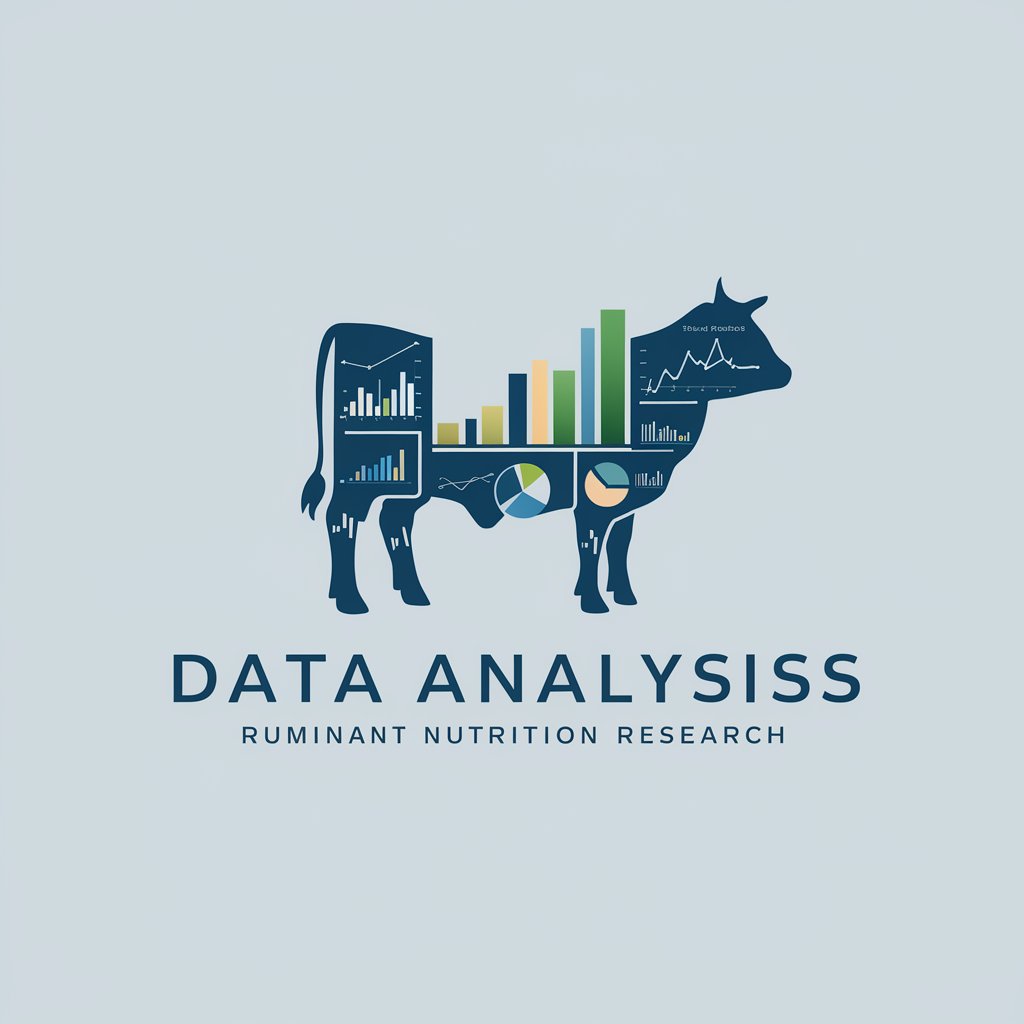
Stats Blogger
Bringing Data to Life with AI
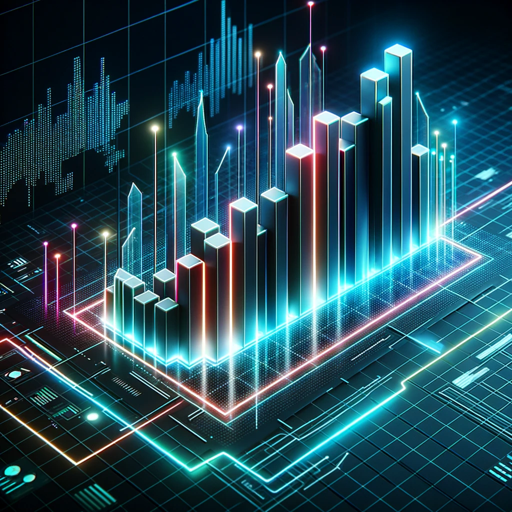
Data Only
Direct Data, No Chatter
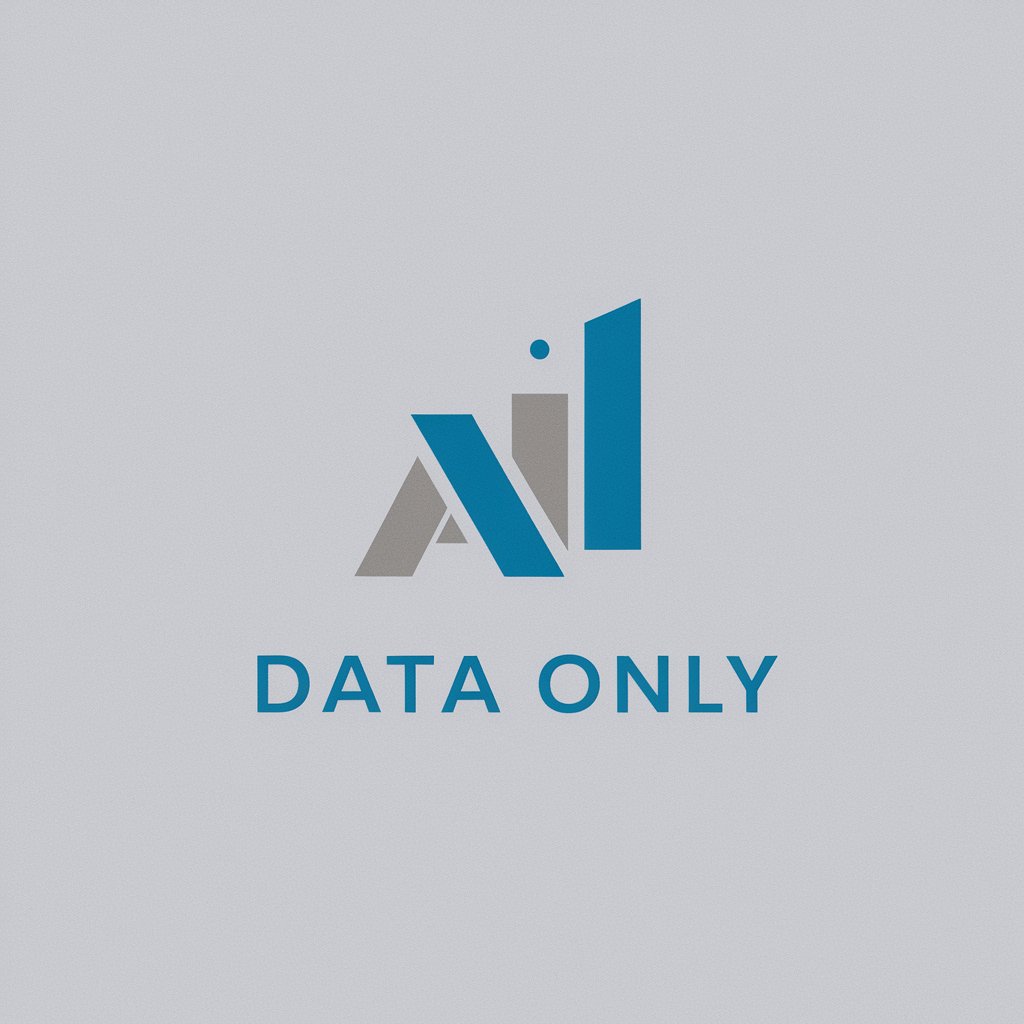
Advanced Statistic GPT
Empowering Data Insights with AI
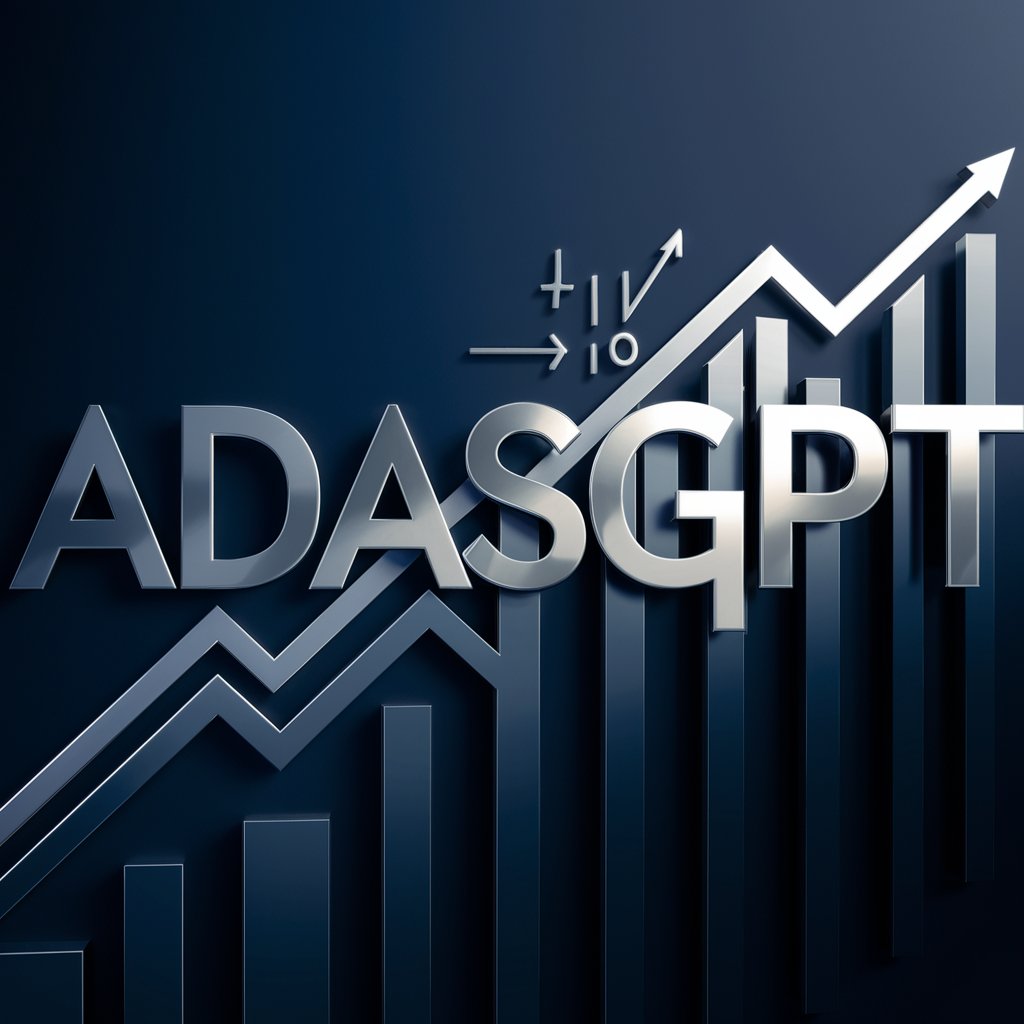
statAI: Data analysis and report writing assistant
Empower Your Research with AI
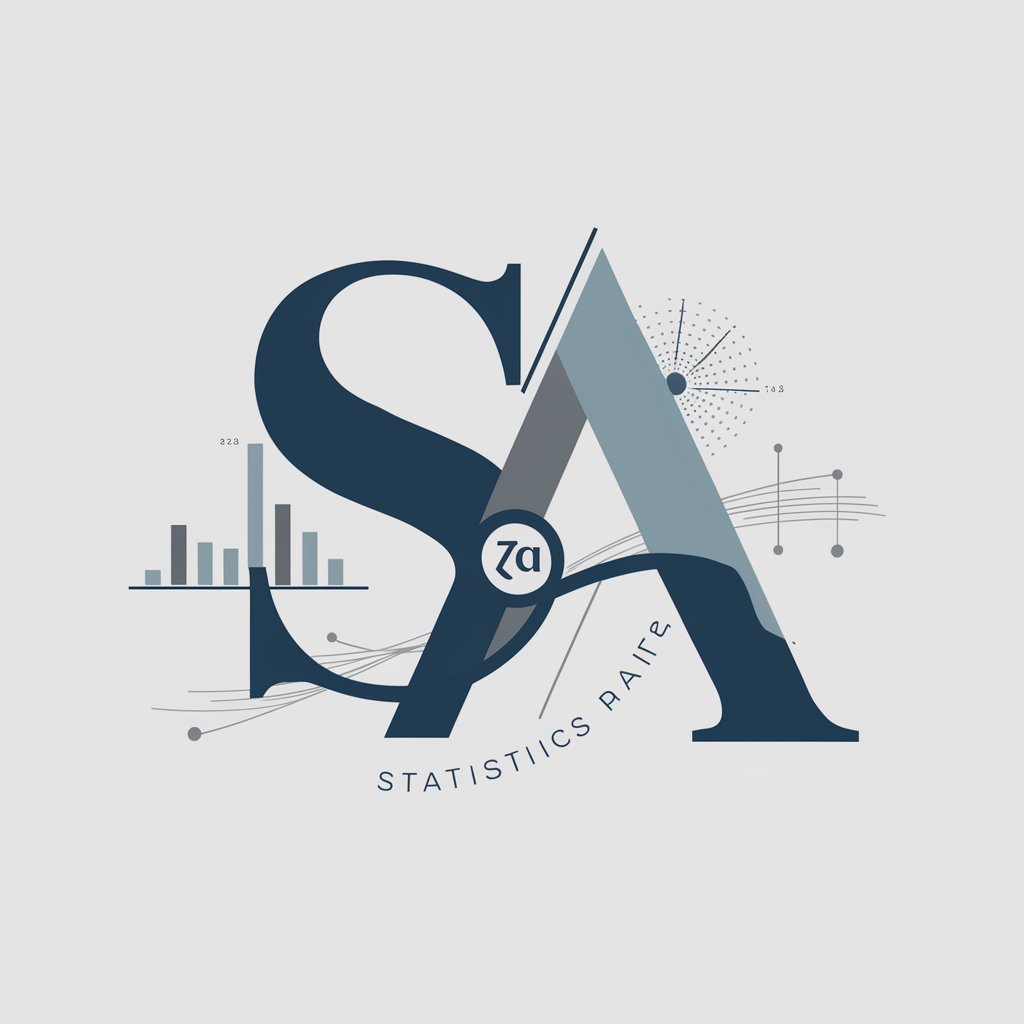
GlossaryBot
Defining Complex Terms with AI

Excel
Master Excel with AI-Powered Assistance

科研论文撰写者
Empowering Research with AI

FriData
Unleash Insights with AI-Powered Analysis
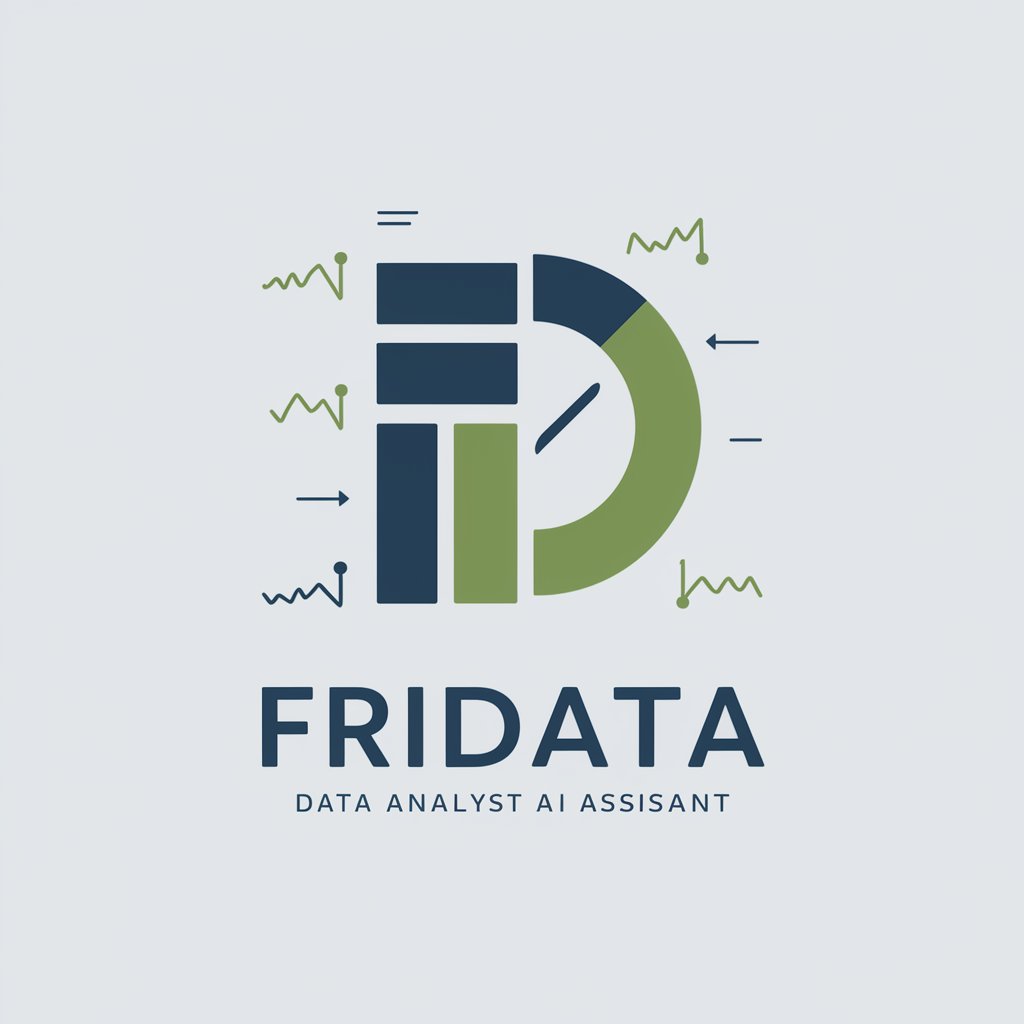
Essential Attributes of AI GPTs for Statistical Analysis
AI GPTs for Statistical Reporting excel in adaptability, catering to a range of functions from basic data interpretation to complex statistical analysis. Key features include natural language understanding for seamless interaction with statistical data, advanced data analysis capabilities for accurate insights, and the ability to generate detailed reports. Specialized functionalities may encompass language learning for multi-lingual support, technical assistance for troubleshooting, web searching for data gathering, image creation for visual data representation, and stateful Python execution for custom data analysis tasks.
Who Benefits from Statistical Reporting AI
These AI GPT tools are designed for a broad audience, including data analysts, statisticians, business professionals, students, and researchers. They cater to novices by offering easy-to-use interfaces for basic statistical tasks, while also providing extensive customization and programming capabilities for developers and seasoned professionals. This dual approach ensures accessibility for users without coding skills and empowers those with technical expertise to leverage the tools for complex analyses.
Try Our other AI GPTs tools for Free
Research Presentation
Explore AI GPT tools tailored for Research Presentation, enhancing data analysis and presentation with advanced AI capabilities. Ideal for researchers and professionals.
Blog Structuring
Discover how AI GPTs for Blog Structuring can revolutionize your content creation process, offering tailored, SEO-optimized, and engaging blog posts with ease.
Type Analysis
Discover the power of AI GPTs for Type Analysis, advanced tools designed to transform data into insights, making complex analysis accessible and actionable.
Interpersonal Dynamics
Explore AI GPTs tailored for Interpersonal Dynamics to enhance communication, understand emotions, and improve relationships with advanced, user-friendly tools.
Socionics Theory
Explore the world of Socionics with AI-powered tools designed to provide deep insights into personality types and interpersonal dynamics, accessible to both novices and professionals.
Semantic Analysis
Discover how AI GPTs for Semantic Analysis transform the understanding of human language, offering adaptable, user-friendly tools for diverse applications in text interpretation and generation.
Expanding Horizons with AI-Driven Statistical Solutions
AI GPTs for Statistical Reporting revolutionize how data is analyzed and reported across sectors, offering scalable, user-friendly solutions that integrate seamlessly with existing workflows. Their adaptability across languages and the capacity for customized solutions enhance their utility in diverse fields, from academia to industry, making them indispensable tools for data-driven decision-making.
Frequently Asked Questions
What exactly are AI GPTs for Statistical Reporting?
AI GPTs for Statistical Reporting are AI-driven tools that specialize in processing, analyzing, and reporting statistical data through advanced natural language processing and machine learning technologies.
How do these tools differ from traditional statistical software?
Unlike traditional software, these AI tools offer more intuitive interfaces, natural language interaction, and the ability to generate insights and reports automatically, making statistical analysis more accessible and efficient.
Can non-experts use these tools effectively?
Yes, these tools are designed with user-friendly interfaces that allow non-experts to perform statistical analyses and generate reports without the need for extensive statistical or programming knowledge.
What makes AI GPTs suitable for multi-lingual statistical reporting?
Their advanced natural language processing capabilities enable them to understand, interpret, and generate reports in multiple languages, making them ideal for global data analysis and reporting tasks.
How can developers customize these AI GPT tools?
Developers can leverage the tools' programming interfaces and stateful Python execution environments to create custom data analyses, integrate with other software, and automate complex reporting tasks.
Are these tools capable of handling large datasets?
Yes, AI GPTs for Statistical Reporting are designed to process and analyze large volumes of data efficiently, utilizing advanced algorithms to manage complex datasets.
Can these tools integrate with existing data management systems?
Absolutely. These tools offer API integrations and customizable modules that allow them to seamlessly connect with existing databases, spreadsheets, and data management systems.
What types of reports can AI GPTs generate?
They can produce a variety of reports, including but not limited to, statistical summaries, trend analyses, data visualizations, and predictive analytics, tailored to the specific needs of the user.